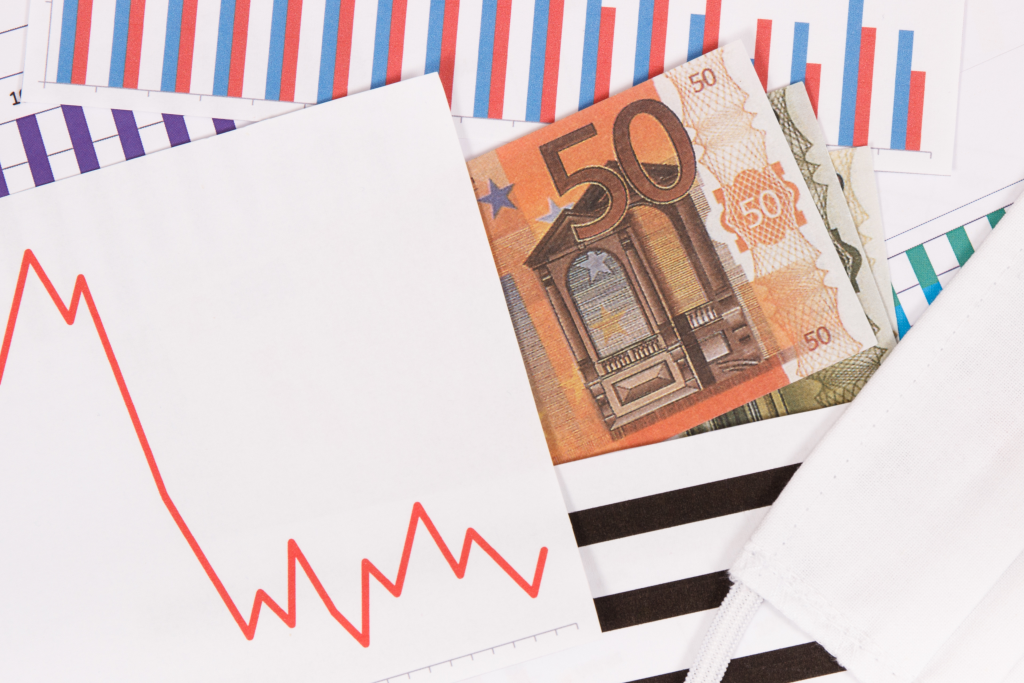A year ago, when the coronavirus pandemic was declared, the world witnessed consumer panic-buying and a shudder in global economies. Today, we’re witnessing a new phenomenon – a rebound, a breakneck speed at which demand for goods is recovering and a rush of stocking-up of almost every raw material by manufacturers.
Shortages, transportation bottlenecks and price spikes are nearing the highest levels in recent memory.
The raw materials supply race
Manufacturers worldwide are trying to get everything they can because they see increased, constant demand and they think it’s going to extend into next year. The difference between the big crunch of 2021 and past supply disruptions is the sheer magnitude of it. And as far as anyone can tell — there is no clear resolution in sight.
What are the raw materials targeted? Copper, iron ore, steel, corn, coffee, wheat and soybeans, lumber, semiconductors, plastic and cardboard for packaging. The world is seemingly low on all of it.
Inventory, transportation and warehouse expenses have also increased. Further exacerbating the situation is an unusually long and growing list of calamities that have rocked commodities in recent months.
The accident in the Suez Canal in March, which affected global shipping. Drought, blackouts, fuel pipeline hacks – driving gasoline prices above $3 a gallon for the first time since 2014. Now India’s massive Covid-19 outbreak is threatening its biggest ports.
The capacity to produce raw materials is slow and expensive.
The strains stretch all the way back to global output of raw materials. They may persist because the capacity to produce more of what’s scarce — with either additional capital or labor — is slow and expensive to ramp up.
The price of such raw materials as crude oil or industrial materials as plastics, rubber, chemicals have all surged in recent months. This has caused manufacturers to apply more than one round of price increases.
Also consider the fact that supplies constrict in the face of stronger demand from the U.S. and China, the world’s two largest economies, now past the coronavirus pandemic pinnacle.
Having long-term contractual agreements with suppliers and a positive order history – as the BFG Packaging team has – ensures delivery of raw materials and a continuance in stocks. However, delivery dates are no longer the same, as suppliers cannot withhold previous terms.
What’s also clear for all companies subjected to these changes is that the higher input costs, while still preserving quality, are a long-term issue in terms of final pricing, with uncertain changes in the future.

